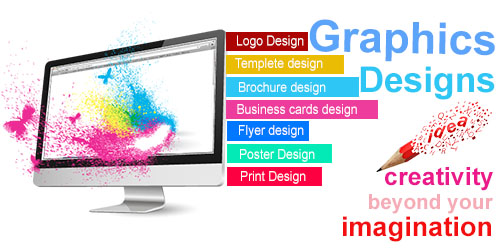Graphics Design
CODING CENTRE is the best outsourcing training center in Uttara Dhaka. It is run with qualified and friendly trainer. Our mission is to guide and train student to do better in the field of online marketplace as a good freelancer. We ensure high quality training for the student. If you can complete your training, you can easily earn per month 20,000-60,000 taka. My soft it is the most dependable outsourcing training center in uttara dhaka to make his student established. We already trained many student and they start earning in online marketplace. If you are in search of best online outsourcing center, Institute of my soft it is one of them which institute is best for outsourcing training center in uttara dhaka. We use real life project to trained our student as a efficient freelancer. Today is technology world.Upcomming Workshop
Others Training
Graphics Design

Training Objectives :
- Introduction to Web Technologies
- Careers in Web Technologies and Job Roles
- Students, who want to make their career in Website Designing.
- Individuals, who want to work from home at their free time on web designing.
- Photoshop & Graphic Designers.
- Mobile App Designers & Developers.
- Website Developers & Application Builders.
- Search Engine and Social Media professionals.
Who should attend Graphics Design Training :
- Learn from Experienced Web Designers.
- Professional Website Designing Training.
- Industry designed Website Designing course content.
- Start learning from the very fundamentals of Web Designing.
- Build expertise on advanced Responsive Web Designing.
- No batch system. We value Quality more than Quantity.
- Affordable Web Designing course fees in Dhaka for all.
- All required Web Designing Tools & web designing training materials are provided at zero cost.
- Post training 100% Job Assistance.

